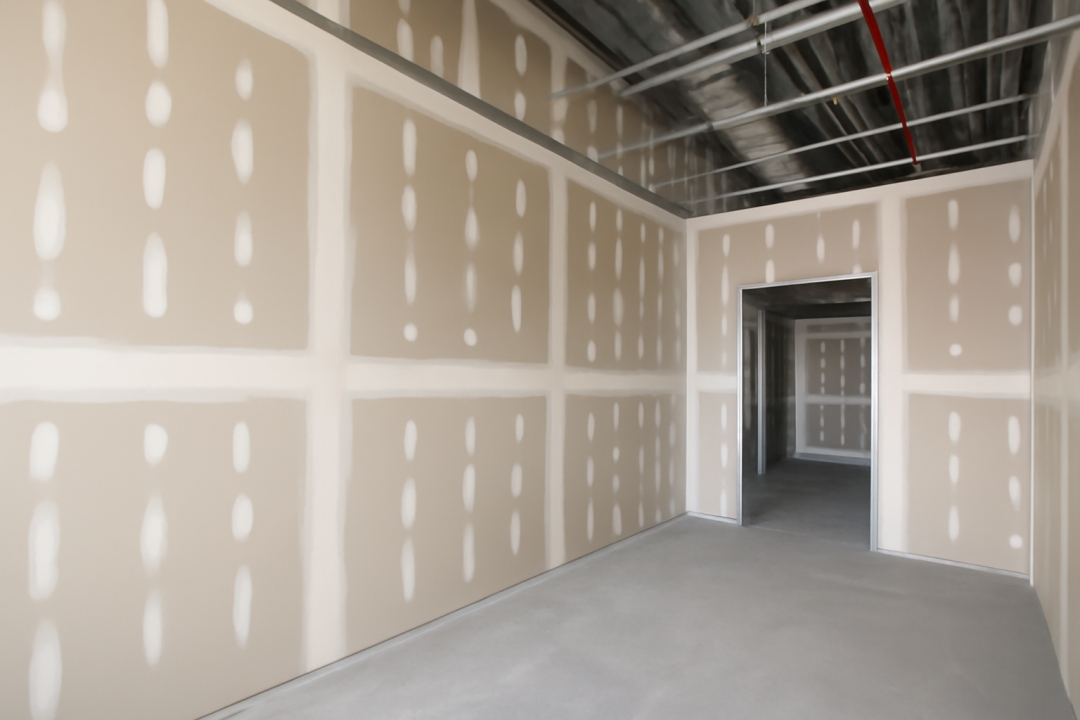In the evolving world of commercial construction, sequencing takeoffs by floor has become a fundamental step in effective project planning. This strategy allows estimators to align closely with real-world build sequences, delivering more accurate budgeting and scheduling from the earliest phases. Active Estimating is enabling this precision through its support of sequenced takeoffs for floor-by-floor planning, a powerful data-driven approach that improves communication across all project stakeholders.

Transforming Takeoffs Into Construction-Ready Plans
Traditionally, takeoff processes have been disconnected from actual construction sequencing, resulting in inefficiencies and rework. With floor-by-floor sequencing, estimators can now mirror how construction will unfold on-site. This structured breakdown creates a clearer vision of scope per level, highlighting potential clashes, gaps, or resource conflicts well before crews mobilize.
Benefits of Floor-by-Floor Sequencing
- Alignment with construction execution: Each floor can be tracked, measured, and forecasted individually, which aligns with how general contractors phase and deliver projects.
- Smarter resource allocation: Sequencing enables teams to better plan materials, labor, and equipment per level, avoiding bottlenecks.
- Improved communication: Floor-by-floor visibility facilitates clearer coordination between trades and subcontractors, especially in complex multi-level structures.
- Better client reporting: Owners and developers gain transparency into the value and timing of construction progress, increasing trust and reducing disputes.
Data-Driven Intelligence at the Core
By incorporating this type of detailed sequencing into the estimation process, contractors not only reduce risk but also unlock key data points. Each floor’s quantities and timelines become part of a broader project intelligence model, allowing for benchmarking across similar projects and continuous improvement. Rather than relying solely on historical averages, estimators can leverage real metrics tied to building configuration, project type, and region-specific conditions.
Supporting Phased Releases and Procurement
When estimating is sequenced by floor, it supports phased procurement and delivery strategies. For example, materials for the first few floors can be released early while the upper floors remain in preplanning stages. This reduces storage costs, minimizes material loss, and supports lean construction principles. Vendors and suppliers benefit from predictable demand forecasts, which leads to stronger partnerships.
Real-World Implementation and Impact
Projects using this approach have reported greater clarity during preconstruction meetings and more actionable data for project managers once construction begins. By starting from a well-structured estimate, teams can pivot smoothly into scheduling and on-site execution, reducing the friction between office and field teams.
A Competitive Advantage for Estimators
In competitive bid environments, contractors that utilize sequenced takeoffs for floor-by-floor planning are often better positioned to explain and justify their numbers. The granularity of these estimates helps win owner confidence and may even expose opportunities to suggest value engineering changes early in the design phase.
As the construction industry moves toward more digitized workflows, this type of structured estimating is becoming not just a best practice—but a competitive necessity.
Original Source:
https://www.activeestimating.com/media-room
Media Contact
Company Name: Active Estimating
Contact Person: Rich Schoener
Email: Send Email
Phone: (877) 982-2848
Address:508 2nd Street, Suite 208
City: Davis
State: California 95616
Country: United States
Website: https://www.activeestimating.com/drywall-estimating-software
